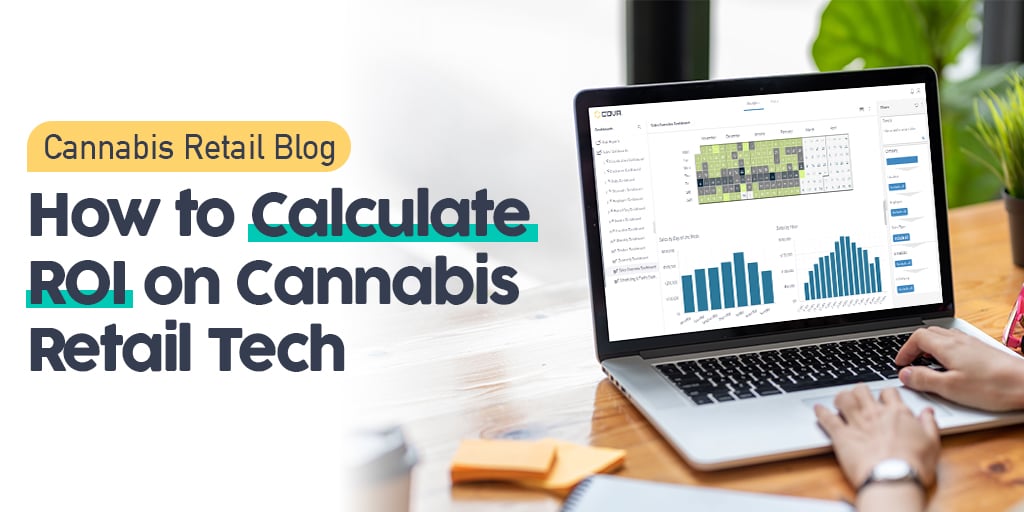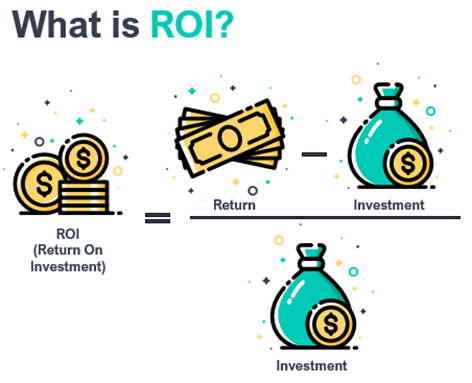
Retailing is hard and dispensaries are the hardest retail.
It’s one of the most complex retail environments in business, and the compliancy requirements only add to the difficulty. Some technology is required for cannabis retail, like a cannabis-specific Point of Sale (POS), security systems, and ID Scanners in some states, but aside from that, stores can sell cannabis with little else.
However, there are a multitude of services that can provide benefits to the budtender, store manager, owner, and even the customers. Some in-store offerings are CRM/Loyalty, Digital Signage, Digital Menus, Self-serv Kiosks, Cash Counting safes, Staff Optimization programs, and Cannabis Vending Machines. There are also online services like: eCommerce, Marketplaces, Lead Generation, SEO Optimization, and Learning Management Systems.
Based on the stage of the market, competition, size and scale of the operation, many of these services could be beneficial, but it is hard to know which would really provide a real boost to your bottom line. What works well for the dispensary down the street, may be a waste of money for your store based on the business and clients you have. This makes it important to take some time and analyze what the return on an investment in any one of these technologies will mean for your specific business.
Hard and Soft Costs for Cannabis Retailers
We’ve all been told that if the return is greater than the cost, then you have made a good investment. This is true when you have factored in all the hard and soft costs that have to be considered. Hard Costs are things related to signing a contract or getting a receipt. These may include fixed set-up fees, monthly charges, purchase price, or contracted maintenance. If you are substituting one service for another, you may also have breakage costs for cancelling a contract early.
Soft costs are usually labor related and may not be associated with only 1 person’s work in a given role. Things like training costs, change-over impacts (i.e.: any downtime?), configuration or professional services fees to adapt to adapt the new service to your business model, installation fees, data manipulation to bring old (poorly collected) data into the new service. If the new service or change of services affects customers, what is the cost onto them? Could some stop shopping with you? And if so, how many?
The Cost of Change vs. the Value of New Dispensary Technology
People don’t like change, new services with new processes can be disruptive. Even when the change is a benefit to employees once adopted, there will always be resistance from some. So, it is wise to factor that into the decision and have a dispensary change management plan if you do move forward.
Why bother even moving forward with all those costs and considerations? Because the right technology added to your operation brings one or more of these things: Increased Revenue, Decreased Expense or Improved Quality of Life. Sometimes a new service can do all three, but without quantifying the benefits by applying dollars and cents to the decision, you’re just “going with your gut”. The way to move from an emotional decision, i.e.: “Since many other cannabis retailers are doing this, I feel like we should too” to a solid business decision is to do an ROI (Return on Investment) Analysis.
Calculating Return on Investment for Your Cannabis Business
The math for calculating ROI is:

First determine what the actual projected benefits would be for the business.
- Sales – (how much more will we incrementally sell with this solution)
- Forecast it over time, consider how it will be implemented and if is there a ramp-up period for your operation to become proficient
- Make sure that it will not cannibalize other sales and provides incrementally more
- Will it help improve customer retention, which in turn results in long-term sales
- Productivity (measurable difference in time spent translated into hourly savings)
- What is the efficiency that will be gained by the new service in terms of hours saved per day, week or month
- Can certain roles be eliminated
- Will this reduce errors, wasted time, having to redo work
- Quality of Life (assign a value to employee and/or ownership satisfaction)
- Does it make some or all the employees work experience better and improve job satisfaction (Employee retention vs. cost of hiring new employees)
- Will it provide ownership with better oversight of the business and reduce fear of loss
An Example of Cannabis Dispensary ROI Calculation
Here’s an example:
Situation: Our dispensary uses Weedmaps as its online site. Should we invest in a web agency managed eCommerce site that will generate new clients via optimized search capabilities. We won’t have to get out of any other contract to implement a new service.
- Annual Store Sales are $1.7M/yr., 80 transactions/day, Avg basket is $60
- 90% repeat customers/10% new clients per month
- Estimate that discoverability of inventory at our store through online search will drive 5 new customers per week into the store.
- Based on industry averages of online sales of 8%, we anticipate an 8% increase in business.

In this example we would get a 101% return on our investment in the first year and this is taking in to account all the potential costs. But what if we don’t get the industry average lift in sales? What if we get only a 5% lift, would we have lost money? In that case, the year one profit would be: $45,048 which would have an ROI of 9%. We won’t lose money (which is good) and can now consider a range of “worst case: 5% lift in sales to a likely 8% lift case”. This would indicate that it is worth proceeding with the eCommerce Solution.
How to Ensure the Best ROI from Dispensary Technology
Success in not assured by just selecting a vendor and procuring the tech. Too often, store owners make a decision for a new technology, with a sound ROI study behind it, and it fails to achieve the expected results. It is because no tech enters your company and then operates all on its own.
To ensure that the new solution has a chance to deliver on its potential, the following needs to be addressed:
- Commitment
- Visible Leadership Support for the Decision
- Ongoing utilization or oversight of the tech
- Change Management
- Communication about the Why, What and How of the decision
- Provide Clear Plans on How to Implement and Use the Solution
- Get Buy-in from those who will be interacting with the solution
- Measure your return
- Monitor use – through reporting and/or observation
- Measure results (and in time, compare to ROI assumptions and expectations)
Whomever you are acquiring the new technology from should be able to help you with both sides of the equation (costs and benefits) but won’t know your specific store metrics. When you apply your hard and soft costs to realistic returns with your knowledge of your business, you will have an ROI analysis that can provide you with confidence about making a decision and why it will make a difference in your business.